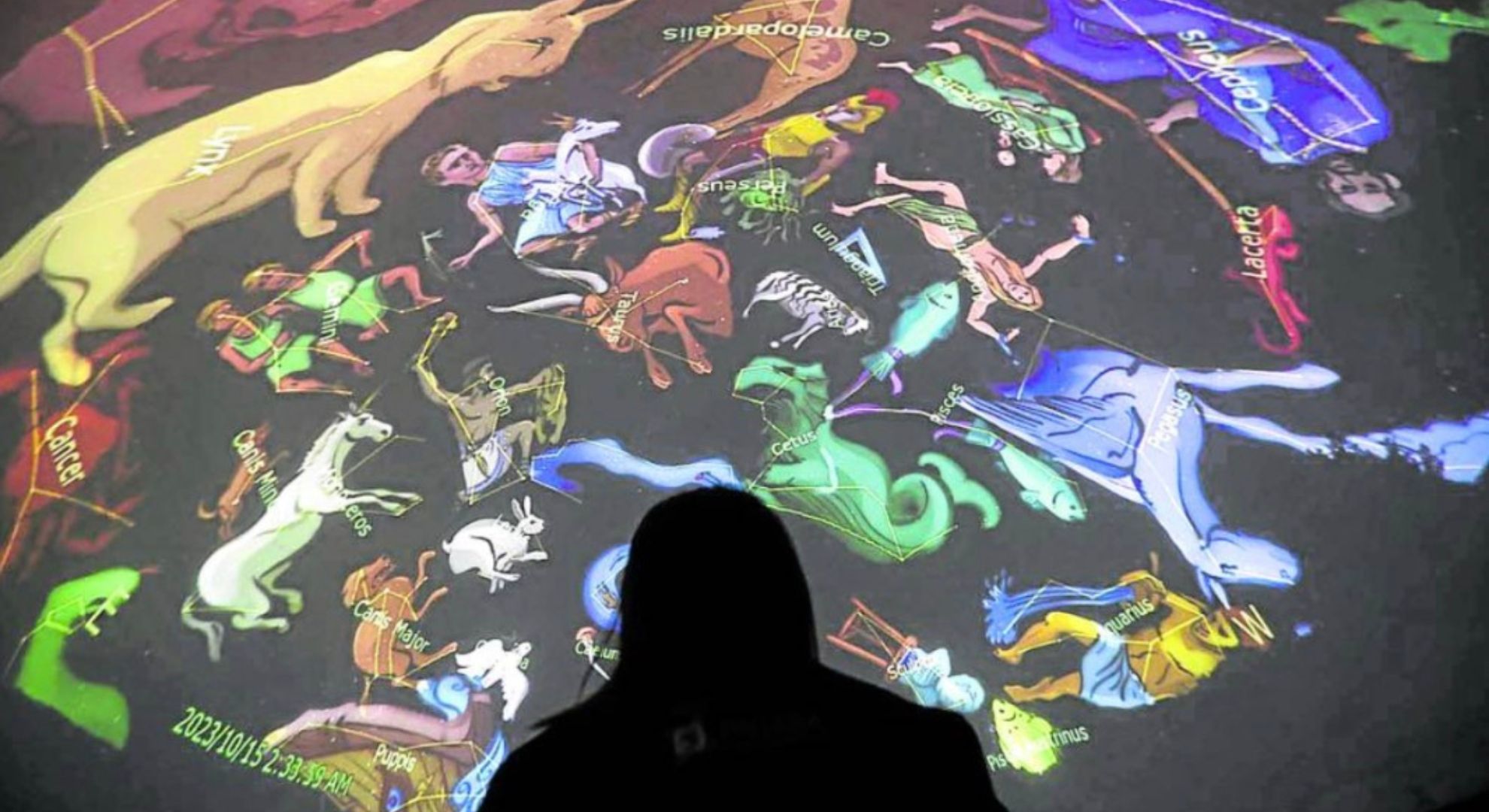Following periods of refurbishment, the Planetarium at PAGASA Central Office in Quezon City reopened its doors to the public with a pocket-friendly 25 peso entrance fee, making it accessible to all.
The DOST-PAGASA announced on Facebook on September 6 that educational events about fundamental astronomy and the night sky will remain enjoyable and informative at the rebuilt planetarium.
“With a 90-seating capacity, it serves as a venue for learning and understanding the universe by offering lectures on the basics of Astronomy and celestial navigation to students and the general public,” it said in the Facebook caption.
The must-see cosmic center provides immersive experiences through star presentations, engaging lectures, and interactive sessions, fostering a sense of active participation and learning in the field of astronomy.
They also offer a 30-minute presentation about planets, constellations, and other celestial bodies, which will be both entertaining and educational, leaving guests with a wealth of new knowledge about the universe.
It offers students, educators, and the general public the chance to learn about space exploration, astronomy, scientific advancements, and celestial phenomena.
According to their website, they offer stargazing and telescoping sessions to interested astronomy enthusiasts upon request. These can occur at the observatory or a location of their choice.
Moreover, the observatory primarily observes sunspots, lunar occultations, planets, stars, Jupiter satellites, Mercury transits, comets, and other planets. It hosts visitors during significant astronomical events and hosts educational field trips for lectures, stargazing, and telescoping sessions.
Davao, Cagayan de Oro, Cebu, and Legazpi residents may also engage in said activities held at the PAGASA regional facilities nearby. Each of the locations above has one (1) 25-cm telescope that is available for usage. These telescopes were acquired in May 1998 as part of the Department of Science and Technology’s (DOST) “Promotion of Astronomy” Grant-in-aid (GIA) initiative.
The educational attraction was built in September 1977 and is managed by PAGASA’s Astronomy Research and Development Section (AsRDS) and Atmospheric, Geophysical, and Space Sciences Branch (AGSSB).
It is open from 8 AM to 4 PM, Monday to Friday, and can accommodate large groups of at least 20 students.
Other POP! stories you might like:
Viral streamer IShowSpeed draws huge crowds of Filipino fans, jams sidewalks and roads
Olivia Rodrigo’s concert announcement reignites ticketing issue with BINI
Filipino TikToker under fire for ‘dinner date’ video that violated LRTA regulations
Restaurant in Tagaytay issues an apology after denying customer and pet aspin entry
Facebook post about drawing styles in editorial cartooning sparks creative discourse



